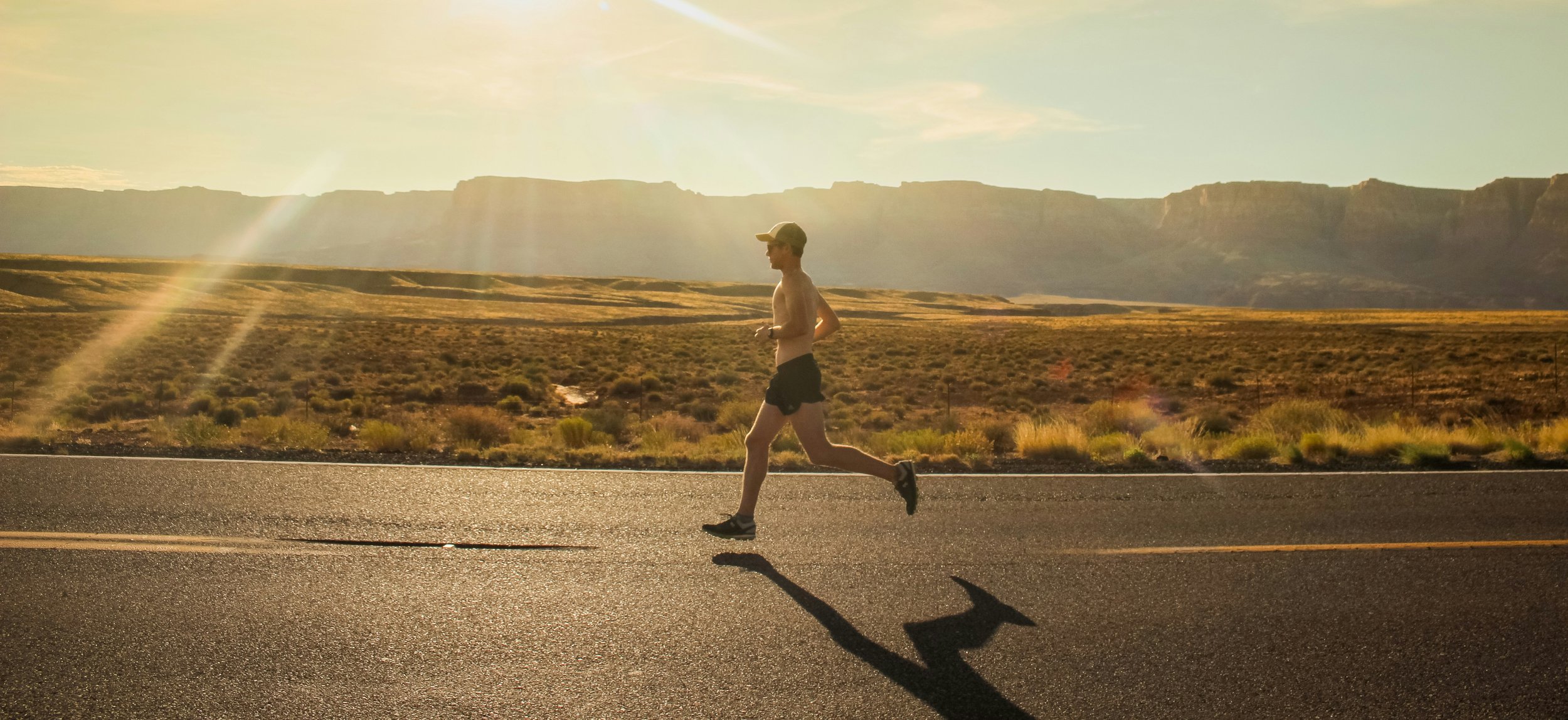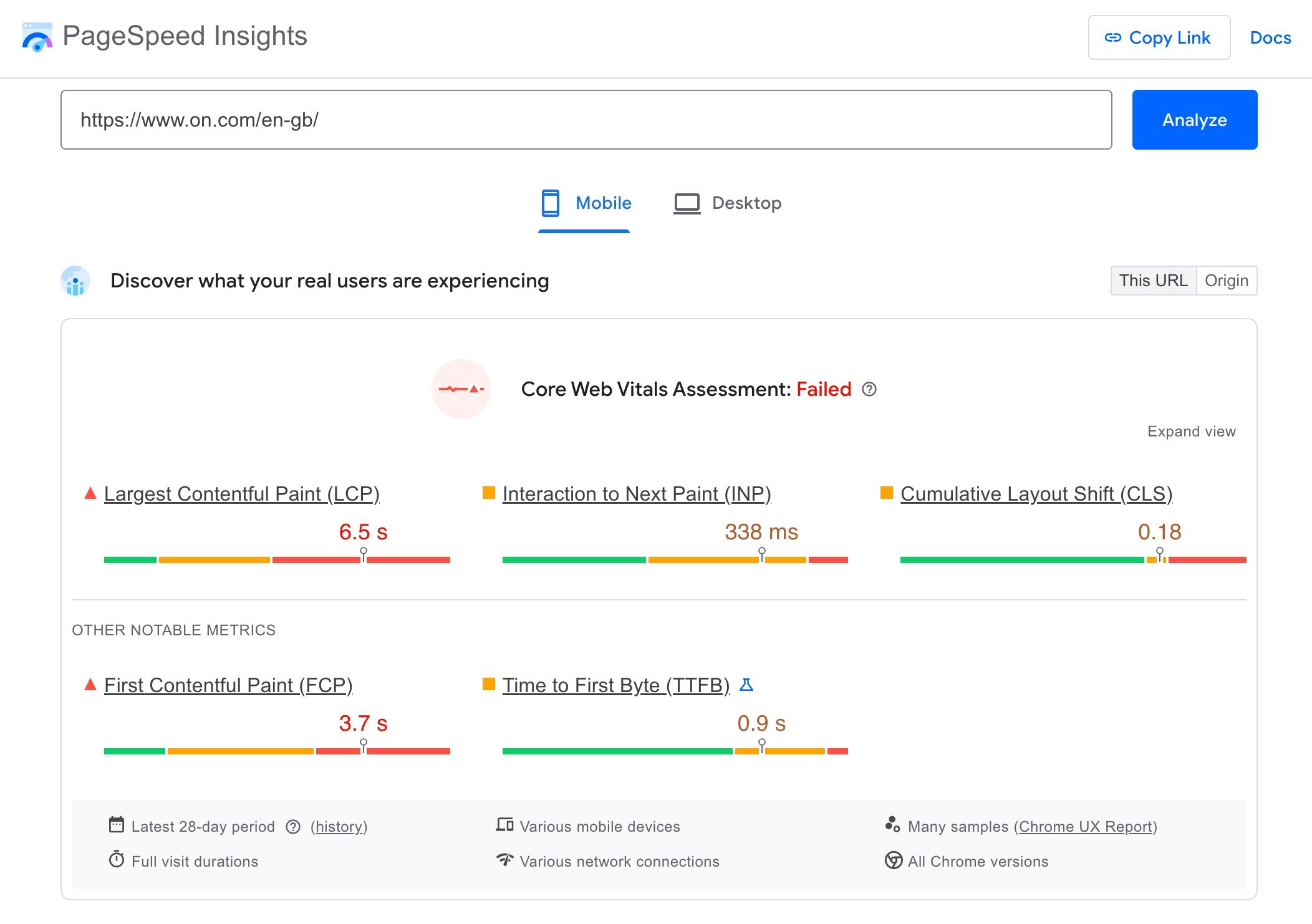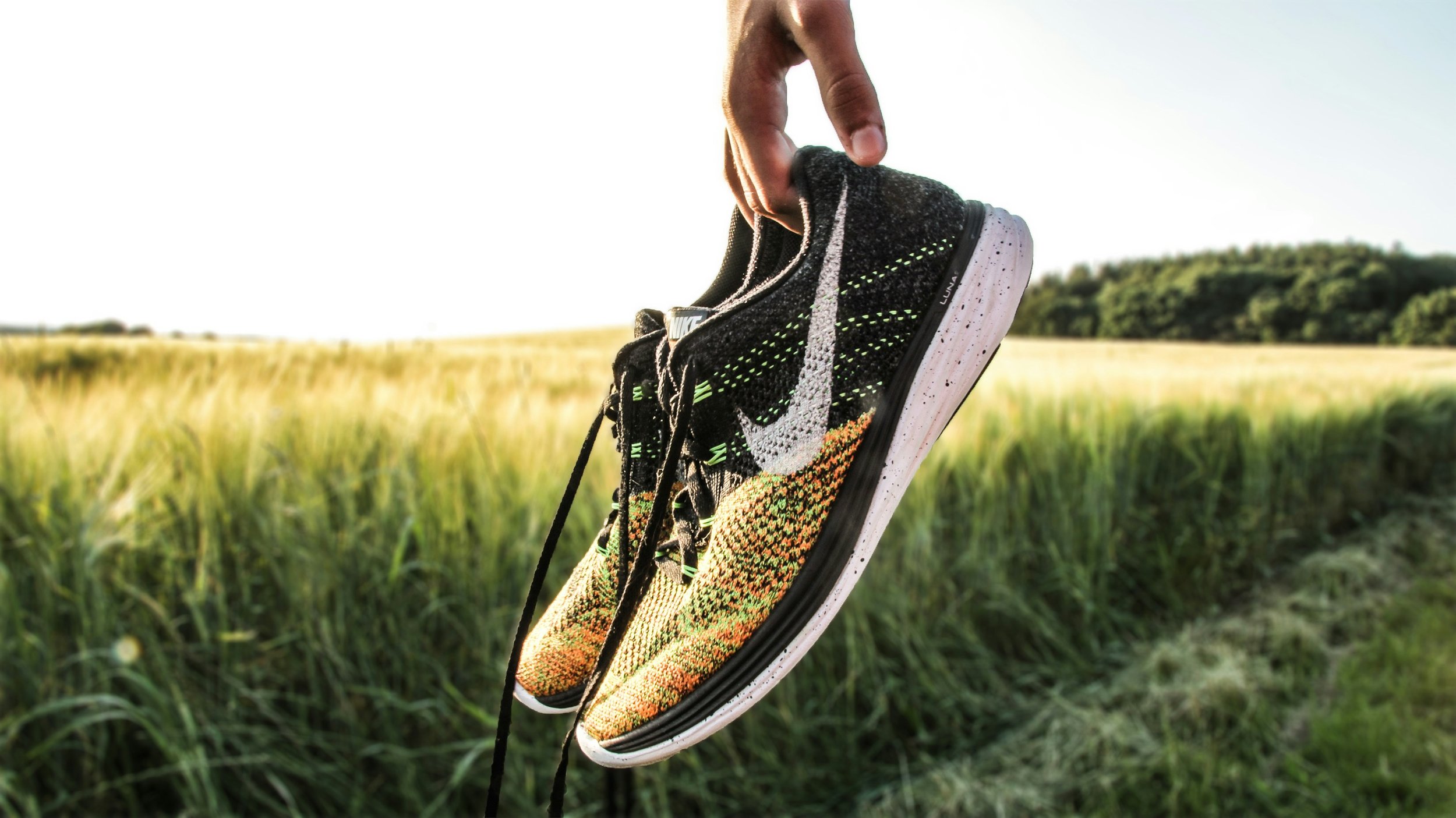Pace Yourself: Long-Term SEO Strategies for Running Shoe Brands
Let's be honest, the running shoe market isn't just crowded, it's a stampede. Every brand is jostling for position, shouting about the latest cushioning tech, carbon plates, or trail-shredding lugs. Cutting through that noise requires more than just a great product; it demands visibility. And in the digital age, visibility often starts with a single search query: "best running shoes for flat feet," "durable trail running shoes," "marathon racing shoes."
This is where Search Engine Optimisation (SEO) comes in. But we're not talking about quick sprints or shady shortcuts. At Gear Labs Marketing, we know that winning the SEO race for running shoe brands is a marathon, requiring patience, strategy, and a deep understanding of both search engines and the runners using them. It's about building sustainable visibility that drives qualified traffic and conversions for the long haul.
Why a Long-Term SEO Strategy is Non-Negotiable
Think about how runners shop for shoes:
Research-Intensive: They compare models, read reviews, look for solutions to specific needs (stability, cushioning, trail grip).
High Intent Queries: Searches often show clear buying intent ("buy [brand] [model] size 10").
Constant Evolution: New shoe models launch seasonally, running trends shift, and search algorithms update.
Trying to game the system with short-term tactics might give you a brief surge, but it won't build lasting authority or trust. A long-term SEO strategy focuses on creating genuine value for search engines and users, ensuring you're the go-to result when runners are looking for their next pair.
Setting the Pace: Key Long-Term SEO Tactics
Keyword Research: Understanding the Runner's Lingo
Go beyond basic terms like "running shoes." Dig deep into:
Long-Tail Keywords: "best stability running shoes for overpronation," "lightweight running shoes for speed training," "waterproof trail running shoes women."
Informational Queries: "how to choose running shoes," "difference between neutral and stability shoes," "running shoe drop explained."
Brand + Model Specific: Target searches for your specific products and competitor comparisons.
Problem/Solution Focused: "shoes for plantar fasciitis," "running shoes for wide feet."
The Gear Labs Take: Comprehensive keyword research is your course map. It tells you exactly what runners are searching for, allowing you to align your content and site structure accordingly. Tools like SEMrush, Ahrefs, or even Google Keyword Planner are essential starting points.
Use tools like PageSpeed Insights to identify areas of opportunity.
Technical SEO: Building a Solid Foundation
Your website needs to be lean, fast, and easily crawlable by search engines. Focus on:
Site Speed: Runners (and Google) hate slow-loading pages. Optimise images, leverage browser caching, minimise code.
Mobile-Friendliness: Essential. Most searches happen on mobile. Ensure a seamless experience.
Site Architecture & Internal Linking: Create a logical structure that helps users and search engines navigate easily. Link relevant pages together (e.g., link from a blog post about stability shoes to your stability shoe category page).
Schema Markup: Implement schema for products, reviews, articles, etc., to help search engines understand your content better and potentially gain rich snippets in search results.
The Gear Labs Take: Technical SEO is like ensuring your running form is correct. It might not be glamorous, but it prevents injuries (penalties) and improves efficiency (rankings). Regular technical audits are crucial.
Content Marketing: Fueling the Run
Create high-quality, valuable content that answers runners' questions and addresses their needs:
In-Depth Product Pages: Beyond basic specs, include detailed descriptions, high-quality images/videos, user reviews, and comparisons.
Category Pages: Optimise these for broader terms (e.g., "Trail Running Shoes").
Blog Posts & Guides: Address informational queries ("How to Choose Your First Pair of Trail Shoes," "Understanding Pronation").
Shoe Finders & Quizzes: Interactive tools that help users find the right shoe based on their needs.
Video Content: Shoe reviews, running form tips, technology explanations.
The Gear Labs Take: Content is your energy gel. It attracts users at different stages of their journey, builds authority, and provides opportunities to naturally incorporate your target keywords. Think education and value first, selling second.
Link Building: Earning Your Reputation
High-quality backlinks from reputable websites are a powerful ranking signal. Focus on earning links naturally:
Digital PR: Promote your unique content, research, or brand stories to running publications, blogs, and news sites.
Guest Blogging: Write valuable articles for relevant running websites (with a link back to your site).
Partnerships: Collaborate with running coaches, event organisers, or complementary brands.
Review Sites: Ensure your shoes are featured on authoritative running gear review sites.
The Gear Labs Take: Think of backlinks as endorsements from respected figures in the running community. Focus on quality over quantity. Buying links or using spammy tactics is a guaranteed way to get tripped up by Google.
Local SEO (If Applicable): Winning Your Home Turf
If you have physical stores or target specific regions:
Google Business Profile Optimisation: Ensure your profile is complete, accurate, and active (posts, photos, Q&A).
Local Citations: Get listed in relevant local directories.
Location-Specific Content: Create content targeting local running routes, events, or clubs.
The Gear Labs Take: For brands with a retail presence, local SEO connects online searches to offline sales. Don't neglect searches like "running shoe store near me."
Measuring Your Splits: Key SEO Metrics
Track your progress to refine your strategy:
Organic Traffic: Overall visits from search engines.
Keyword Rankings: Track your position for target keywords.
Click-Through Rate (CTR): Percentage of impressions that result in a click.
Conversion Rate (from Organic): How effectively organic traffic turns into sales/leads.
Backlink Profile: Number and quality of referring domains.
Bounce Rate: Percentage of visitors who leave after viewing only one page (context matters here!).
Finishing Strong
SEO for running shoe brands is a continuous effort, not a set-it-and-forget-it task. It requires ongoing analysis, adaptation to algorithm updates, and a relentless focus on providing value to the running community. By investing in a strategic, long-term approach encompassing technical soundness, valuable content, and earned authority, you can steadily climb the rankings and connect with runners when it matters most.
Ready to hit your SEO stride? At Gear Labs, we combine our passion for running with cutting-edge SEO expertise. We help running brands navigate the complexities of search to achieve sustainable growth. Let's discuss how we can build your long-term SEO race plan.





